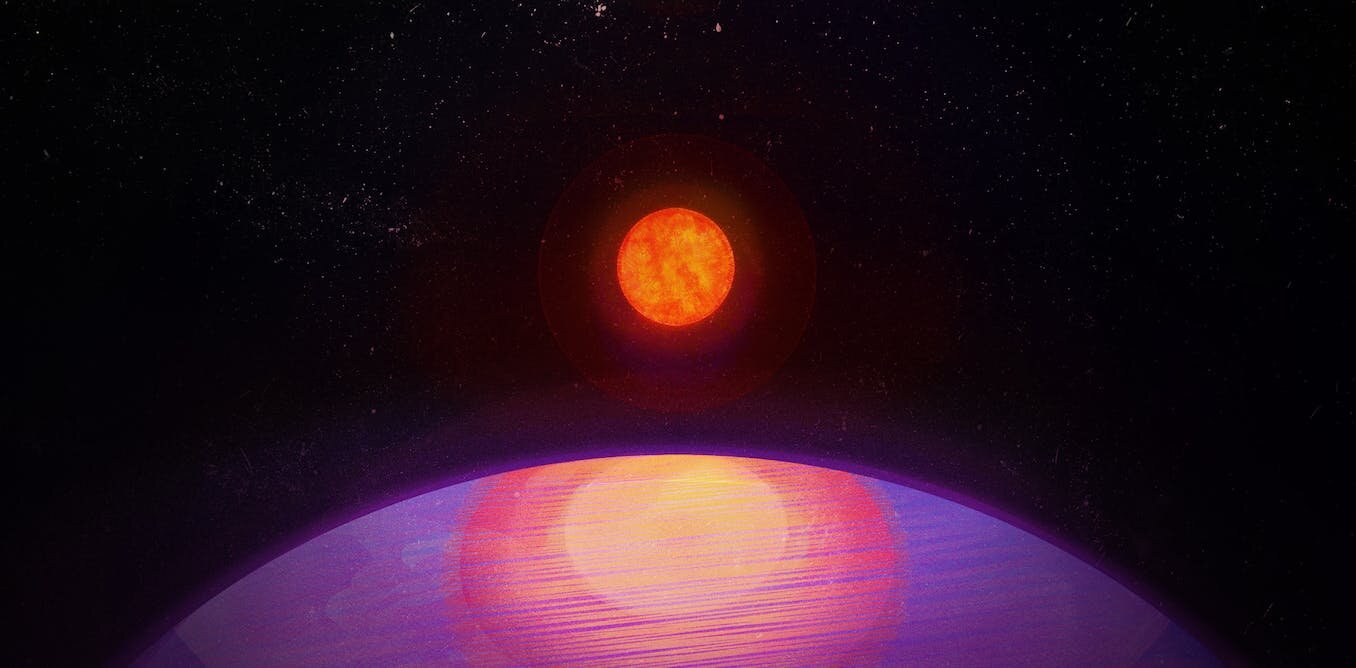A team of American astronomers has announced the discovery of the exoplanet LHS 3154b, which is 13 times more massive than Earth. Its existence contradicts modern theories.

Astronomers have discovered thousands of exoplanets to date. The masses of the largest of them are hundreds and thousands of times greater than the mass of the Earth. So, against their background, LHS 3154b does not look like something unique. However, what makes this world unique is its parent star. The fact is that LHS 3154b orbits an ultracold red dwarf. Its mass is nine times less than the mass of the Sun, and its luminosity is a hundred times less.
Planets form in disks made up of gas and dust. Dust grains form inside them, which gradually attract each other, forming pebbles. These pebbles stick together, forming larger and larger structures. The result of this process is the appearance of a solid core, which then attracts dust as well as surrounding gas such as hydrogen and helium.
This method of planet formation is called core accretion. It requires a lot of matter. And that’s where the problem arises. According to astronomers, such a small star simply should not contain enough matter in the planet-forming disk for such a massive body as LHS 3154b to form from it. Simulations show that it would have to be at least ten times more massive than ordinary planet-forming disks around such stars.
There is another theory of planet formation known as the theory of gravitational instability. It suggests that planets form as a result of the direct collapse of gas and dust in a planet-forming disk. However, it also requires the presence of a very massive planet-forming disk around the star, which contradicts existing ideas about red dwarfs. The researchers hope that further observations of this system or the discovery of other similar systems will help shed light on their formation and correct the theory.
Earlier, we talked about how astronomers found a system with six “synchronized” exoplanets.
According to https://phys.org
Follow us on Twitter to get the most interesting space news in time
https://twitter.com/ust_magazine


